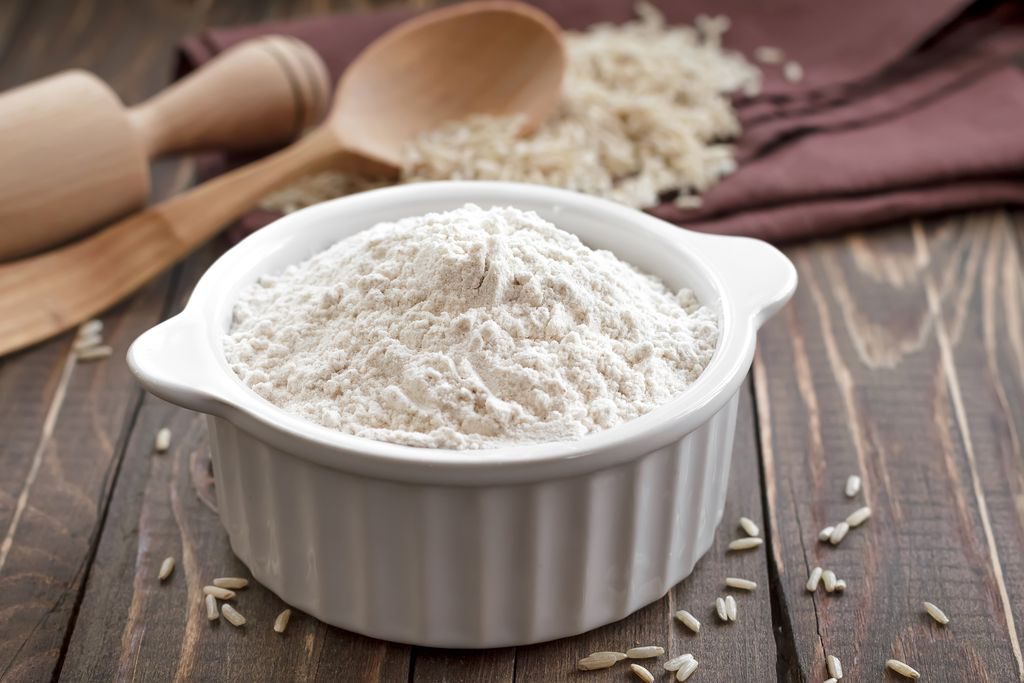Rice flour
Rice flour is the product of rice grinding, it is gluten-free and is suitable for batters and recipes with little leavening.

Rice flour is obtained by grinding rice: it is an excellent alternative to traditional flour for those who suffer from celiac disease, as it does not contain gluten. As for the flour derived from soft wheat, based on the degree of refining, it can be divided into two categories:
- white rice flour
- brown rice flour
Also in this case, the flour to be preferred is wholemeal, because it maintains the properties of rice and its nutrients as much as possible compared to refined flour, richer in starch and lacking in protein.
Rice flour in the kitchen
This flour can be used both alone and mixed with other flours, in various sweet and savory recipes. One of the most common uses is for frying batter and tempura, in order to obtain a lighter fried food, or to stir the risotto without the need for butter.
Like other flours, rice flour can also be used in the production of biscuits and desserts with little leavening, but also for savory recipes such as the dough for gnocchi, spaghetti and breadsticks. On the other hand, it is not the ideal flour for bread-making, as it is not very inclined to rise due to the reduced protein content. Finally, one of the most common commercial uses of this flour is that for the production of rice pasta, a valid alternative to traditional pasta for those suffering from celiac disease. If necessary, it can be replaced with other gluten-free flours, such as corn or buckwheat flour.
Nutritional values of rice flour
Given the origin of rice, rice flour is also rich in starch and low in protein. Brown rice flour also has high values of vitamin B. Each 100 grams of rice flour contains on average 366 kcal. As already mentioned, the absence of gluten makes it a gluten-free flour suitable for consumption by celiacs.




